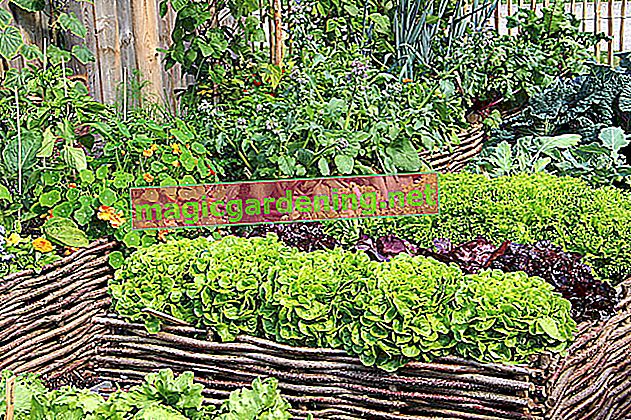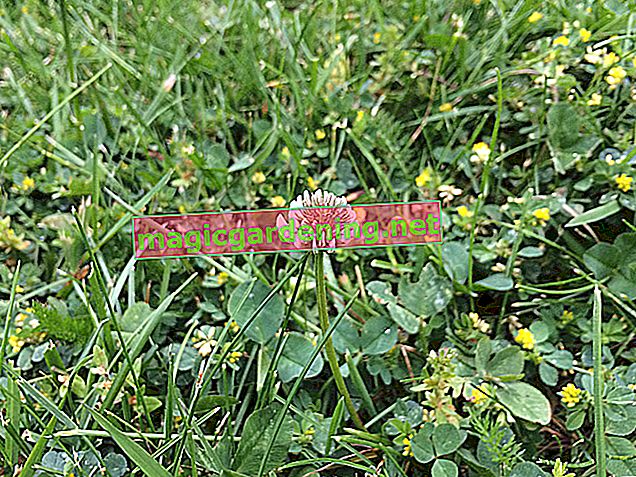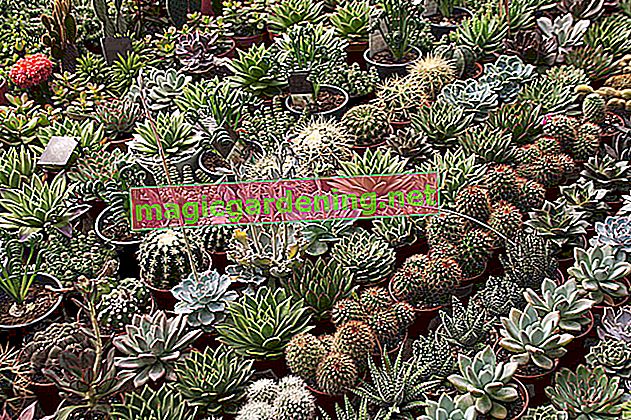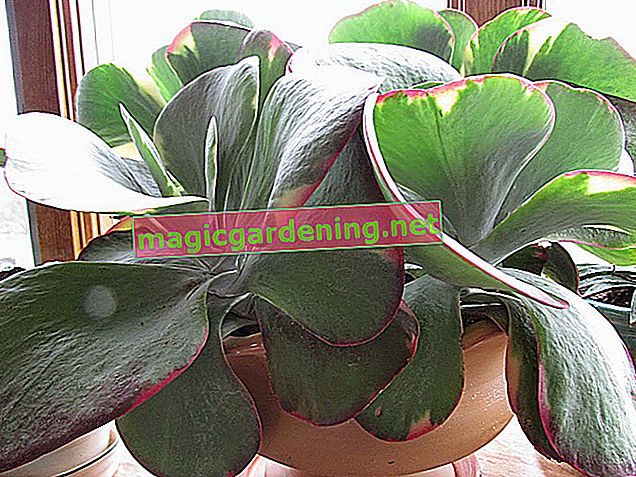
The right location
Few vegetables thrive in a partially shaded or shady spot. You should therefore choose a bright, sunny location for the system that is illuminated by the sun for five to six hours a day.
also read
- Planning a greenhouse, but where to start?
- Planning a cottage garden
- Planning a permaculture garden
The nature of the soil
Good soil is the guarantee for high harvest yields. The substrate must:
- easy and humorous
- nutritious
- permeable to water
- and not too heavy or clayey
be. You can improve heavy soils with some worked-in sand. Ripe compost also improves soil quality.
The bed plan
Once the right place has been found, the vegetable patch is laid out. To do this, you should draw a detailed plan that includes all the details.
The individual beds should not be planned to be wider than 1.30 meters so that you can easily reach the plants placed in the middle from both sides.
Draw paths that can be walked between the beds to divide them. These should have a stable surface, as this makes it easier to push wheelbarrows. A home-made border made of wood or stone is also useful so that lawn does not grow uncontrollably into the vegetable patch.
How is it planted?
A planner can also help here, because if you plant the vegetables carelessly, the harvest will often fail. There are a few things to consider here.
Different vegetable crops
The vegetable species are divided into pre-, main- and post-crops. In this way, the available space can be used optimally.
The crop rotation
Vegetable plants have different nutritional requirements. So that the soil does not leach out, you should pay attention to the crop rotation and never plant heavy eaters in the same bed again in the next year.
Heavy Eater
These include, for example:
- Kohlrabi
- cauliflower
- leek
- Sweet potatoes
- tomatoes
Central Eater
You plant these in the second year in the bed in which the heavy feeders were grown in the previous year. These include:
- Lettuce
- Carrots
- spinach
- Beetroot
Weak eaters
Vegetables with very low nutrient requirements follow in the third year. This allows the soil to recover naturally.
These are for example:
- Peas
- Beans
- radish
- Beets
- Herbs
Plan mixed culture
It is undoubtedly easier to properly grow a single vegetable in each bed. Plants grow much better if you give them the right neighbors. You should also consider this point in your planner so that the mixed culture does not get out of hand.
For example, the smell of carrots keeps the dreaded onion fly away. Mites-prone vegetables benefit from the garlic planted right next door. These are just a few examples of good and bad neighbors. You can find many more in our articles on the corresponding vegetable plants.
Tips
Even if you only have one balcony, you don't have to go without home-grown vegetables. Placed in conventional planters and with a well thought-out planting plan, you can easily add vitamin-rich balcony vegetables to the family's menu.








